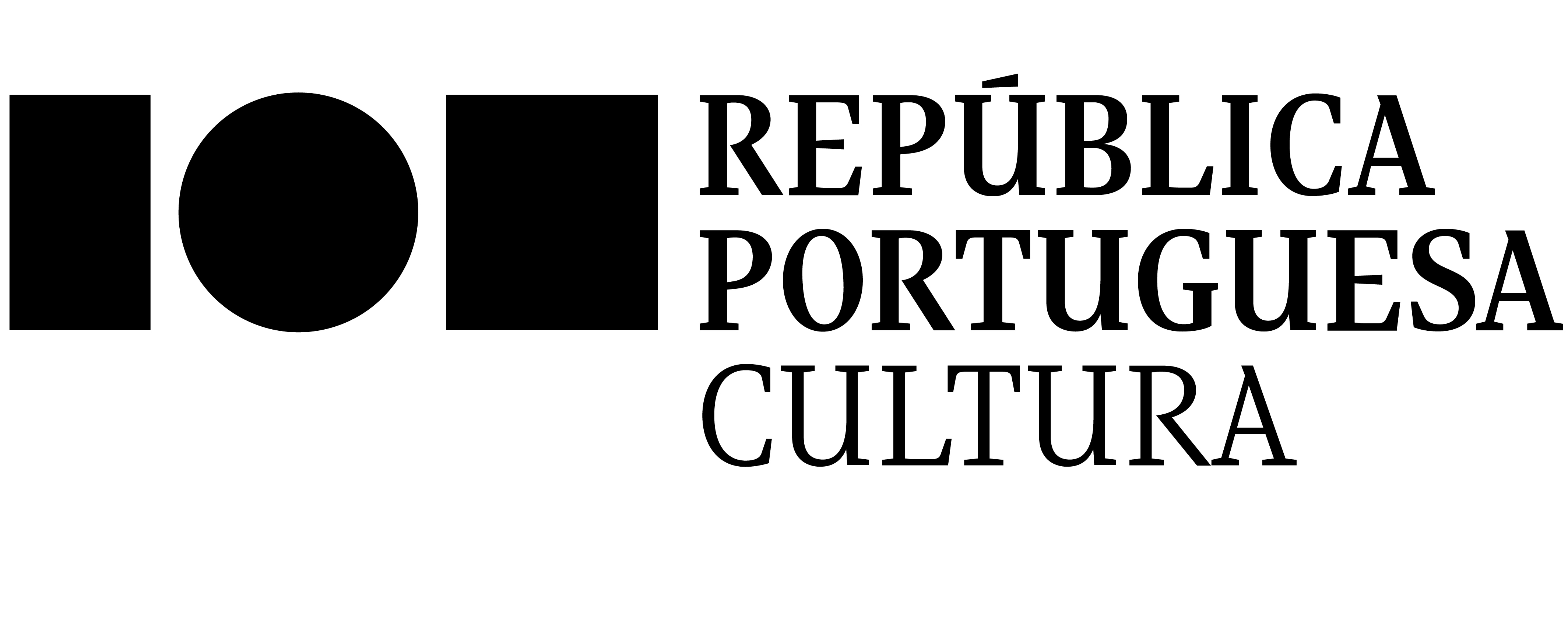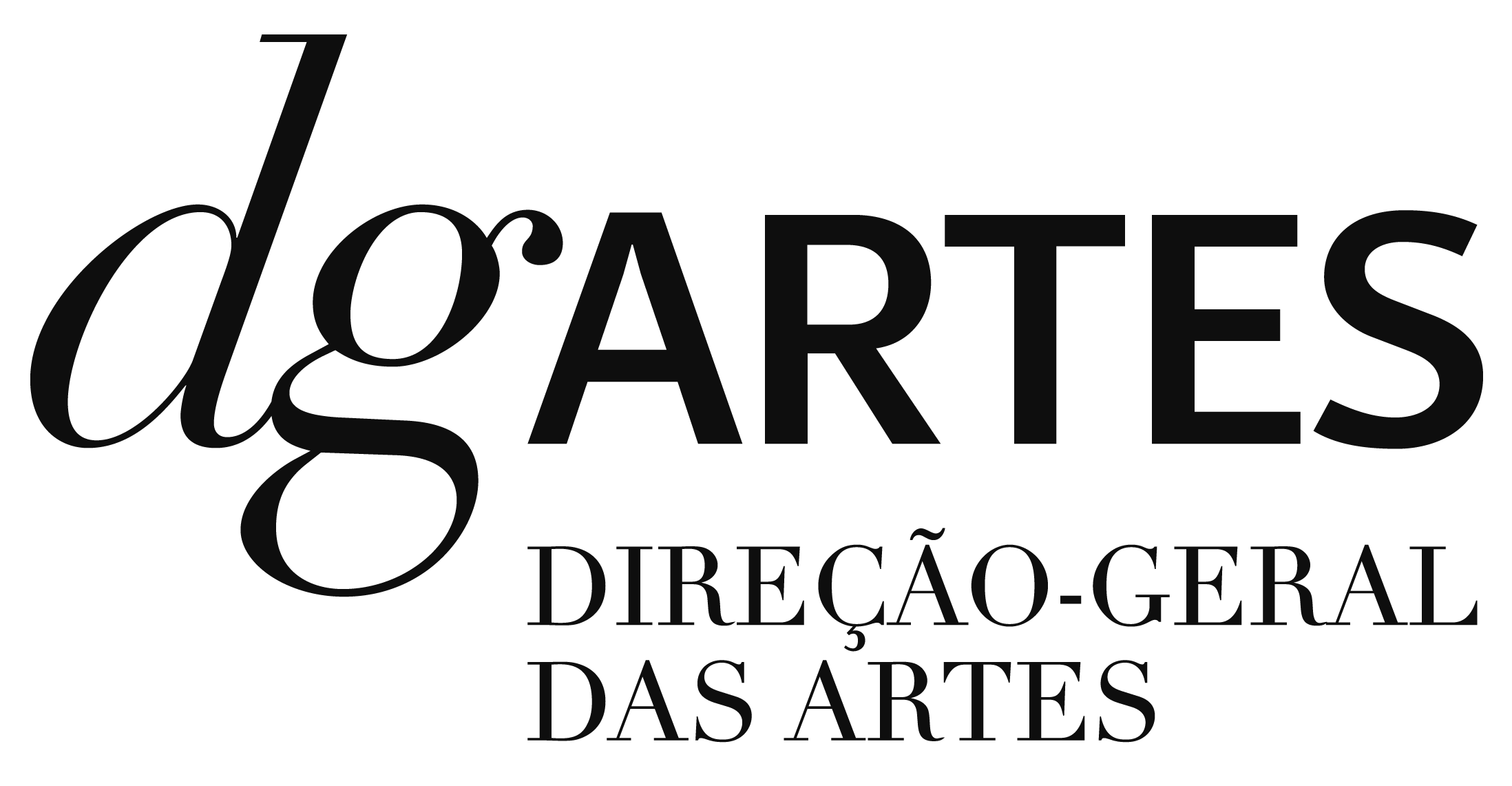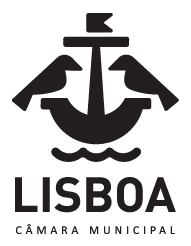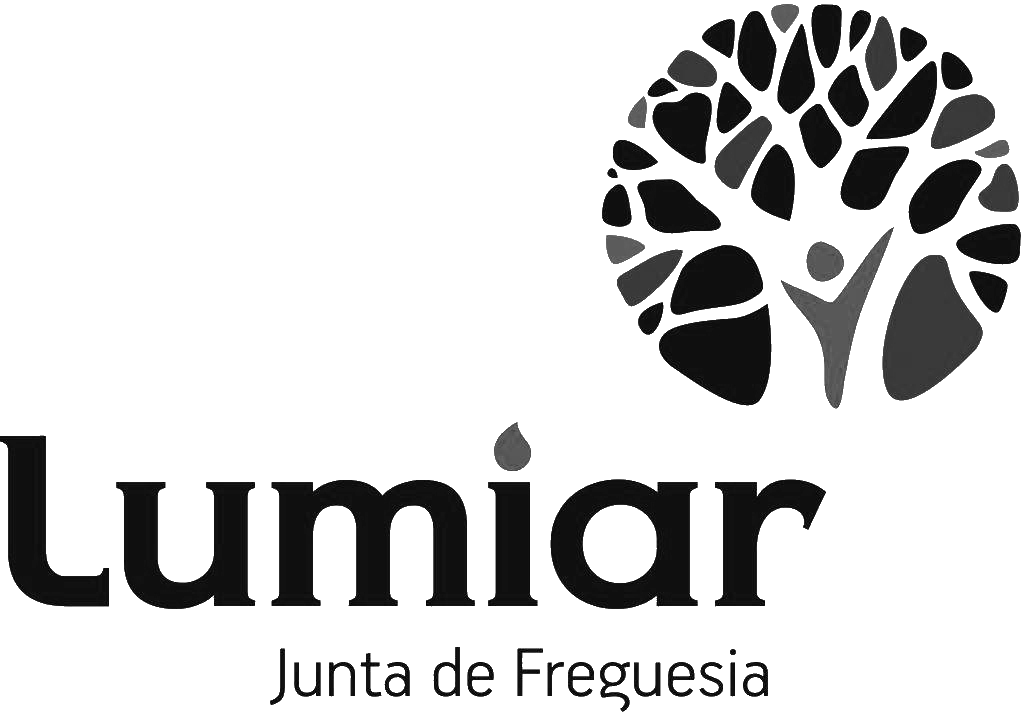
Current / Upcoming / Past
Manthia Diawara
Uma Ópera do Mundo
02.02. - 03.02.2018
Cinemateca Portuguesa - Museu do Cinema
Fundação de Serralves
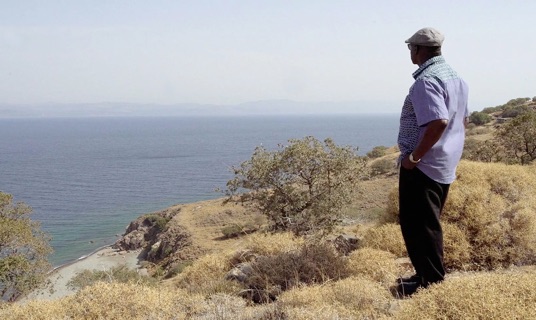
An Opera of the World: A Remake of Bintou Were, a Sahel Opera
By Manthia Diawara
In 2007, Bintou Were, a Sahel Opera was commissioned by the Prince Claus Fund for Culture and premiered in Bamako, Mali. It is an operatic rendition of the story of a young woman named Bintou Were, and depicts “young people in a village with no job prospects, drought, a failing harvest and a human smuggler who offers them the dream of a better life across the barbed wire that marks the border of North Africa and the Spanish enclave of Melilla” (from the Libretto by Koulsy Lamko).
The intention of my film, An Opera of the World, is to remake this work, by way of a kind of tribute to Lamko’s libretto, through which I freely interpret the themes in my film. I have taken some of the key characters in Bintou Were, a Sahel Opera, whose performances aim to mirror the drama of the current migration crises in the world. These characters include: the traditional Griot, who advises the youth not to leave home; the more modern Griot, who LUMI flatters the youths that have returned home with wealth and prestige; the leader of the disenfranchised and dehumanised youth, who is determined to leave home and defy deserts and oceans to reach Europe; the corrupt smuggler; and Bintou Were, the pregnant young woman who wants to give birth to her baby in Europe, a guarantee for acquiring citizenship.
The idea is also to pair a European or African commentator (intellectual and/or artist) with each one of the performers from the opera. My hope is that the art form of opera, with its reliance on song and emotion, will emerge out of my fusion of the characters of Bintou Were with the voices of commentators and tragic images of real-life refugees fighting for their lives in the sea, while crossing to Europe. I attempt to create the effect of a creolised opera about our contemporary human condition by selecting and re-editing sequences and scenes from the Sahel opera, with images of long lines of refugees, and arias from Western operas and traditional African songs, which may remind the spectator of biblical and other recounted exoduses.
In making the film, I made Édouard Glissant’s concept of ‘Chaos-Opera’ my own, in order to create relationships between Bintou Were, a Sahel Opera and all the human migrations that took place before it, during, or after. An Opera of the World is therefore conceived as a ‘Chaos-Opera’, an encounter between words, music and dance, attempting to make a sense of human migrations and the new cultures born out of them. In the film, I use the views of experts whom I call ‘Prompters’: these include a poet/philosopher (Glissant); historians, sociologists, filmmakers and creative writers (Alexander Kluge, Nicole Lapierre, Fatou Diome and Richard Sennett); and a journalist and activist for refugees (Agnès Matrahji). Together, they help me to structure and move my story forward, and to show that throughout human history such movements (migrations and emigrations) have often resulted in the creation of new and dynamic humanities, rather than negative and fearful cultural asymmetries.
The notion of ‘Chaos-Opera’ is Glissant’s way of breaking boundaries and revealing relationships between things, no matter how great their differences, and how distant they are from one another, in space and in time. For our purpose here, ‘Chaos-Opera’ is an opera that brings to light the subterranean relationships and connections between all human migrations, whether they are induced by wars, dictatorships, famines, or simply the search for new adven- tures and opportunities, regardless of when they take place in history, or where they issue from: Africa, Europe, Asia or the Americas.
I wanted to achieve two goals in making An Opera of the World. Firstly, to be faithful to the spirit of the original Bintou Were, a Sahel Opera. I wanted to show that it is a visionary work of art, which tests our commitment to such concepts as human rights, hospitality, empathy and human dignity. As Glissant would put it, we are increasingly in danger of losing our capacity to tremble with the trembling of others, the migrants.
An Opera of the World was also about testing the power of the opera genre to break boundaries, to go from culture to culture, continent to continent; if not by changing the form of traditional opera, then at least by changing its elements. Thus, we played with the elements of the original opera by changing some and omitting others. We deliberately interchanged African and European arias, and we made African migrants interchangeable with Asian and European migrants.
My second goal with An Opera of the World was to build a meeting point between the genre of opera and the medium of film and see what new meanings emerge out of that porosity of borders, transgression of frontiers between Africa and the rest of the world. I wanted to ask if film can be the new opera medium par excellence: because of the easy access the masses have to it, and because it is the perfect vessel for carrying several contradictory emotions at the same time.
For me, the experience of collapsing opera and film – the classical and the profane – was not only a way to enrich my filmic vocabulary, but also a gesture towards the liberation of the genre of opera from its classical and ‘sacred’ environments in the West. Thus the project gave me an opportunity to deliver operatic emotions on screen, by combining African and European songs, without placing hierarchies between them; by interlacing sacred and popular songs and placing them over images from Africa, Asia and Europe, without interrupting the emotional state of the spectators.
When I was growing up in Mali in the 1960s, my life was filled with songs in praise of migrants who had replaced epic warriors as the new heroes. These songs, including Dioula, Malamine, Mansane Cisse and Mali Sadio, are still as popular in the hearts of the people of Mali as the modern hits by Salif Keita (Babani) and Fantani Touré (N’Nari). I used one of these heroic migrant songs, Nterini Kanimba (My Friend and Big Love) by Fanta Demba, over the end credits for my film. Demba was the biggest diva of the 1960s and my mother’s favourite singer. The song goes as follows:
If you lean on a tree
what are you going to do when the tree dies?
When you put all your hopes on a river
what are you going to do when the river dries up?
When you lean on a person
what are you going to do when the person dies?...
Lean, therefore, on him that your heart has chosen for love and friendship.
That will last forever.
For a long time, I listened to this song, which reminded me of my mother, as an undying love song. It was only recently, when I was working on the film with my editor in Greece, that I realised that Demba was exhorting men to leave home in order to seek fortunes, because people depended on them to keep on living. In other words, migrants have become the new pillars of drought-affected societies in the Sahel region, the new heroes and the big loves of our lives.
An Opera of the World, Portugal, Mali, US, 2017, directed by Manthia Diawara produced by Jürgen Bock (Maumaus / Lumiar Cité) | edited by Kenan Akkawi
Maumaus
Avenida António Augusto de Aguiar, 148 - 3º C
1050-021 Lisboa, Portugal
Monday to Friday, 10h00 to 13h00,
14h30 to 19h00
Tel: + 351 21 352 11 55
maumaus@maumaus.org
Upcoming:
Manthia Diawara
Angela Davis: A World of Greater Freedom
Batoto Yetu Portugal, Caxias
Screening | 15.11.2025 | 14h30
The lecture will be in English. Entry is free and limited to the number of seats available.
Upcoming:
Howard Singerman
Local Art Worlds (or Imaginary Geographies with Real Effects)
Goethe-Institut, Auditorium
Seminar | 24, 25, 26.06. 11h – 13h, 14h – 16h
Registration is free but limited to the number of seats available. Please send an email with a short CV to admin@maumaus.org by 15.06.2025. Confirmation of registration will be sent by email. The seminar will be in English.
Lumiar Cité
Rua Tomás del Negro, 8A
1750-105 Lisboa, Portugal
Wednesday to Sunday, 15h00 to 19h00
or by appointment.
Tel: + 351 21 755 15 70
lumiar.cite@maumaus.org
Current:
Coumba Samba
1100-651 LISBOA
11.10.2025 – 18.01.2026
Film screening:
A Story of Bones
16.12.2025, 19h00
Lumiar Cité will be closed between
24 December 2025 and 6 January 2026.

Maumaus/Lumiar Cité is funded by República Portuguesa – Cultura/Direção-Geral das Artes. With the support of Câmara Municipal de Lisboa and Junta de Freguesia do Lumiar.
